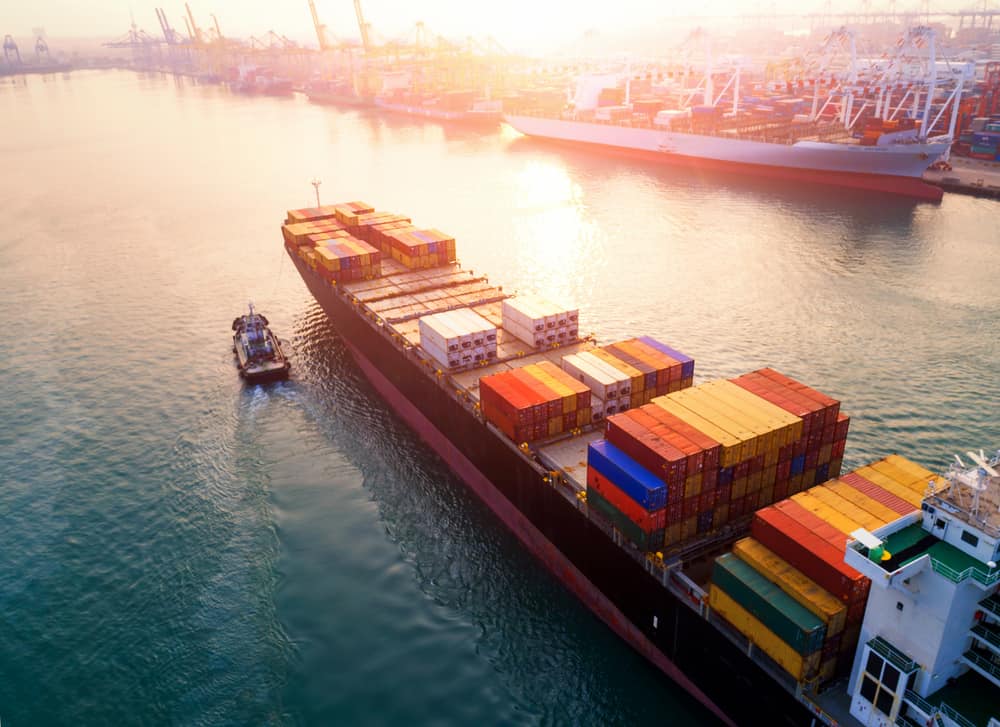The growth in the economy and trade mean companies are approaching their supply chains to reach a global consumer. Ocean transportation is the most-used model when it comes to delivering goods overseas. Ocean shipments have a complicated structure with different solutions.
To conduct an optimization for your ocean freight process:
1. Consider the Costs of Different Transportation Models
Look for the best way to ship your goods in the most-economical way while still meeting customer satisfaction. You may find some of shipments can be sent by expedited air freight or over-the-road shipments by ocean instead.
2. Provide the Right Documents and Ensure That the Provided Information is Correct
Proper documentation on import/export items is a must to meet regulation requirements. Any discrepancy in addresses, purchase order numbers, quantities, weights, sizes, and SKU-level information can hold up your shipment in Customs and if there are any inconsistencies, you may end up facing fines and penalties.
3. Review Your Freight Bill on Every Shipment
Bill of ladings may contain errors. If you don’t check, you lose your profits on the table. Sometimes, carriers miss shipping surcharges and come back later for payment. These could prove costly since customers may not agree to pay additional charges after business has concluded.
4. Prepare in Advance
Provide volume and seasonality information in advance to avoid unnecessary additional costs at the last minute. The right amount of allocation is particularly important for shippers with high seasonality and big volumes. A 13,000-TEU ship has a fixed capacity and will not be able to accommodate even one more TEU.
5. Implement Triangulation to Avoid Shipping Empty Containers
With triangulation, the same container and carrier is used for import and export—from point A to B, then immediately on from point B (or somewhere nearby) to its next destination. This also saves having to pay detention charges on a container not immediately returned to the yard.
6. Search and Review Carriers
With the diversity of ocean carriers, it is beneficial to re-evaluate your carrier database to extend your closed carrier pool with additional suitably qualified providers. If you are currently tendering a smaller than a larger carrier pool, you may not have the power to negotiate the best rates.
7. Use an Automated Bid Management Solution
The ocean freight industry is in a competition with a record number of mergers, acquisitions, and new alliances that affects the service in key trade lanes and reduces carrier capacity. An automated solution would save time and provide the best rates.
8. Update Forecasting Values
Use all the information, collected by digital methods, to update forecasting values. This allows you to receive detailed data from other departments, creating new levels of insight, such as a realistic demand growth rate. Being able to forecast more accurately means you can identify peaks and troughs, making it easier to negotiate with carriers.




